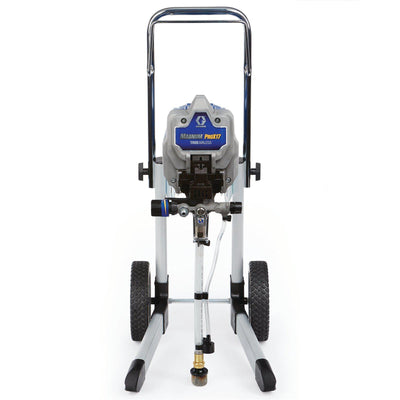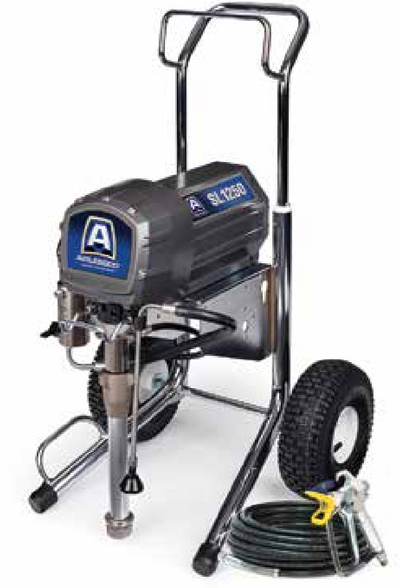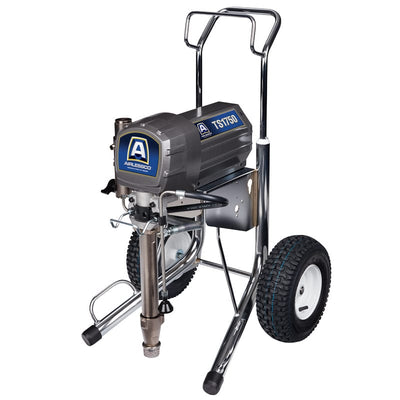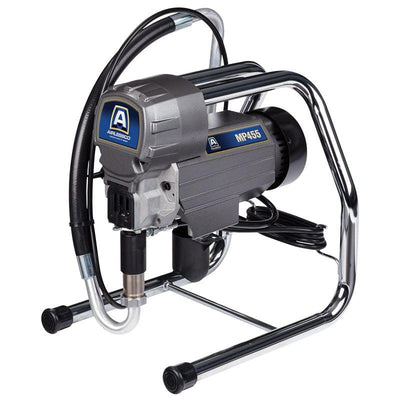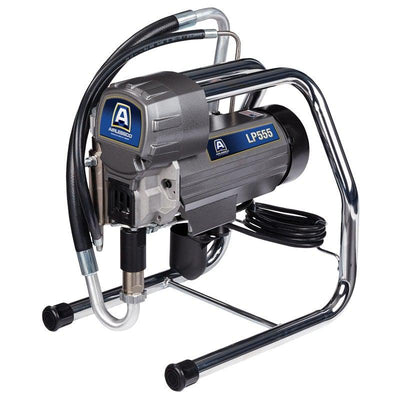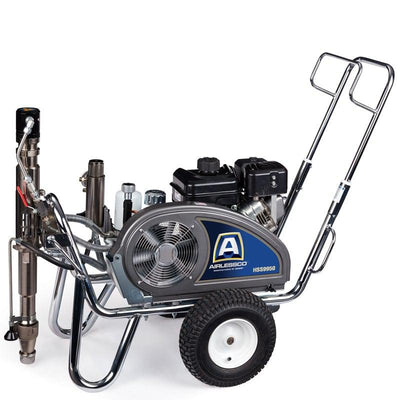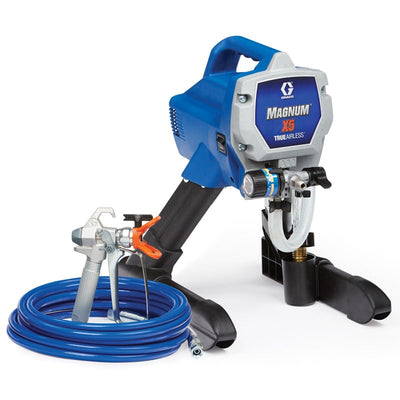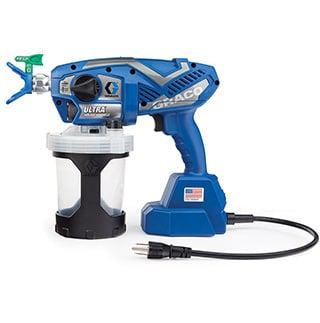Choosing a Pump for an Airless Spray Outfit
Pumps provide the most important components in an airless spray system; fluid and pressure. How much pump you will need for your application is dependent on three things. How big is the tip you will spray with, how much pressure will you need at the tip to break up the material, how often will the pump be in use, and how far will the material have to travel. These three factors will help you to determine the pump size that is needed for your spray job. To best understand how these factors impact pump size we will look at each in detail.
The size of the spray tip can vary greatly and depends on how wide of a spray pattern you hope to achieve as well as the viscosity of the material. The best way to determine the ideal tip size is to work with a company to trial a few sizes of tips. However, as tip size increases so does the pump requirement. For an idea of the pump requirement based on tip size view this chart here. It is important to remember this chart is based on a one gun system and each additional gun will consume an equal amount of fluid. Tips also wear with time and so while a tip may call for a .25 gpm requirement you have to leave margin to account for tip wear.
Pressure requirements are dictated both by how much atomization is desired at the tip as well as the distance the material will be pumped before being sprayed. If the material is to travel a long distance (like up a bridge) then a high pressure is needed. Similarly, if the material is a high viscosity the fluid will require a higher pressure to break the fluid up at the tip. Fluid pressure in an airless outfit is determined by the pump ratio which is expressed in a ratio form such as 15:1. This ratio defines the amount of fluid pressure that is put out for every pound of air pressure put into the system so in a fifteen to one system with 100 psi placed in the system the fluid pressure would be 1500 psi. Typically the higher the pressure you require the higher the cost of the pump due to the pump having to be able to handle high pressure within its components.
The frequency of use of a pump is important to consider as well. This is because if you buy a pump that will run at its maximum capacity, the pump will not last as long. A pump is always limited in how much fluid it can put out per stroke. To be able to put more fluid out, the pump has to move faster. However, the more a pump moves up and down the faster it wears. For reasons including longevity, room for growth, and finish quality it is often smart to get a pump that is larger than your highest use expected. In the long run this can help save money on repairs and business growth.

